
Yala National Park is one of Sri Lanka’s most famous and most visited wildlife reserves, located in the southeastern region of the island. It is renowned for its incredible biodiversity, beautiful landscapes, and particularly for being one of the best places in the world to spot leopards in the wild.
Here’s an overview:
Situated in southeastern Sri Lanka, spanning across Hambantota and Monaragala districts.
Covers an area of about 979 square kilometers (with about 141 sq. km accessible to visitors).
Mixture of dry monsoon forests, grasslands, lagoons, and coastal areas.
Diverse terrain: rocky outcrops, scrublands, lakes, and the Indian Ocean coastline.
Yala is known for its high density of wildlife, making it a top safari destination in Asia.
Leopards – Yala has one of the highest leopard densities in the world.
Elephants – Wild herds can often be spotted near waterholes.
Sloth Bears – A rarer but exciting sighting.
Crocodiles, water buffalo, wild boar, and spotted deer are commonly seen.
Birdlife – Over 200 species of birds, including peacocks, eagles, and migratory birds.
Visitors typically explore Yala via jeep safaris, which operate early morning and late afternoon.
Best chances to see big cats and elephants are during cooler hours.
Safari routes are managed to protect the park’s ecosystem.

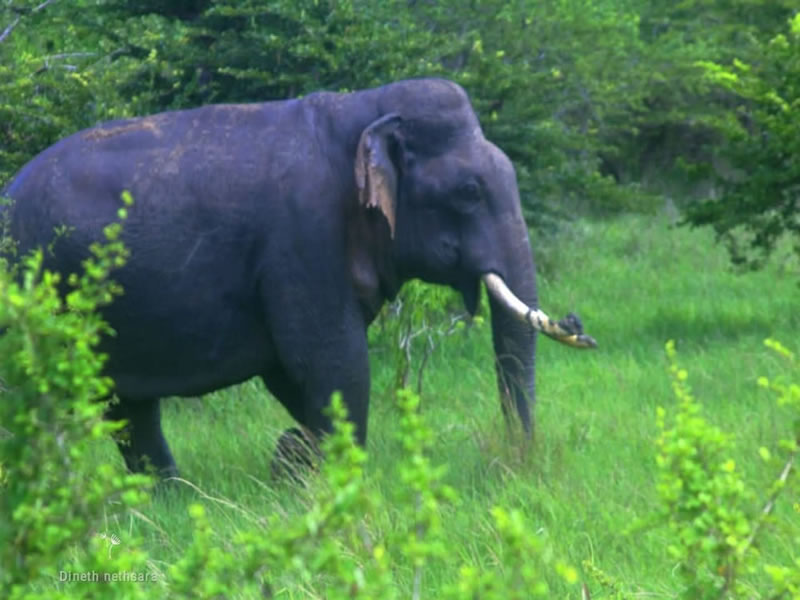
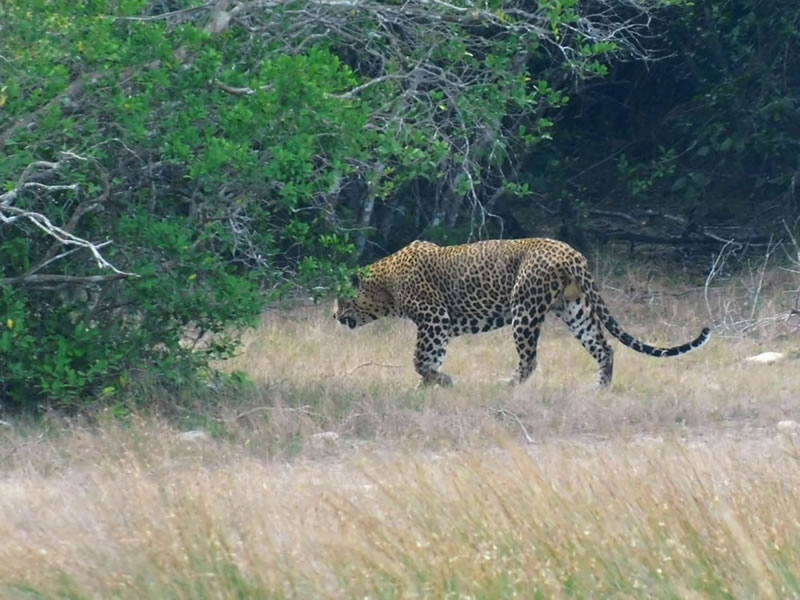
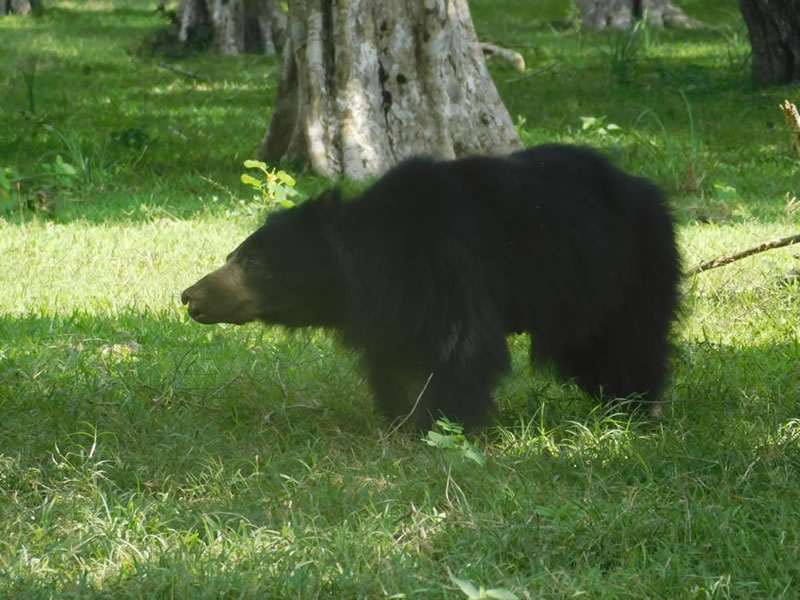
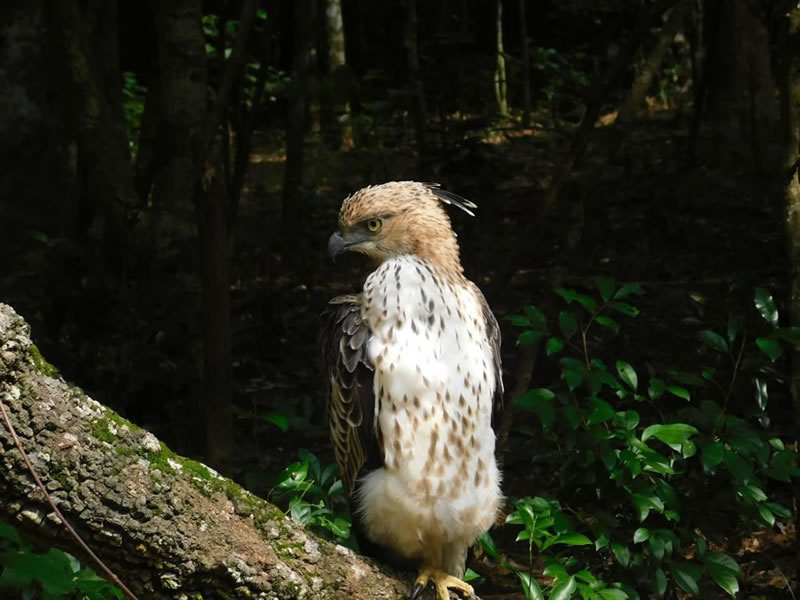
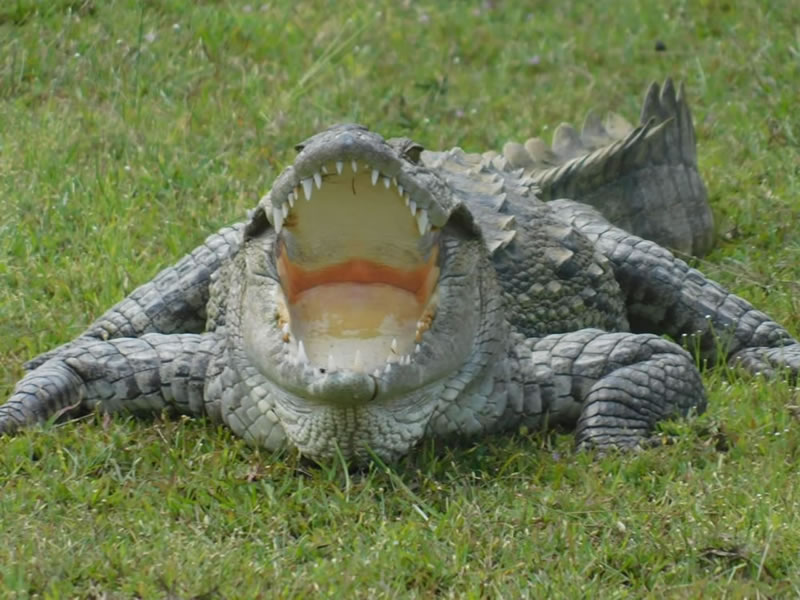
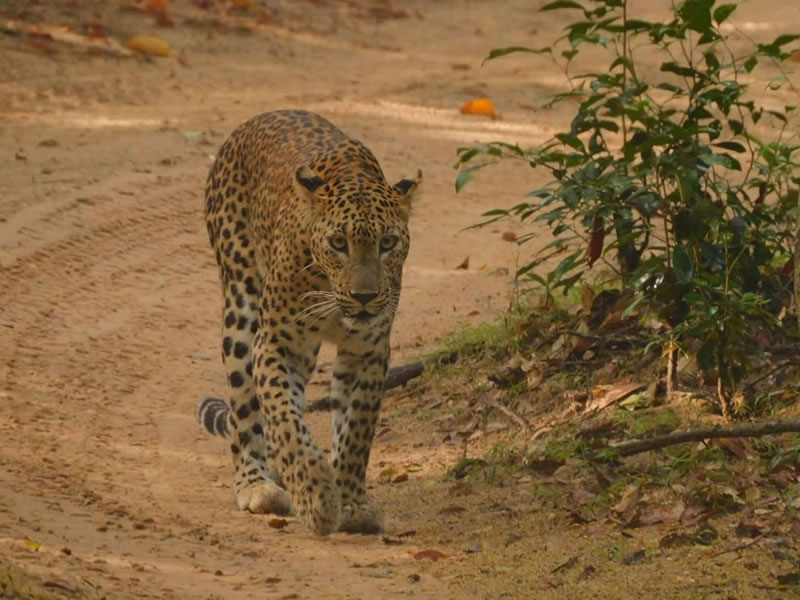
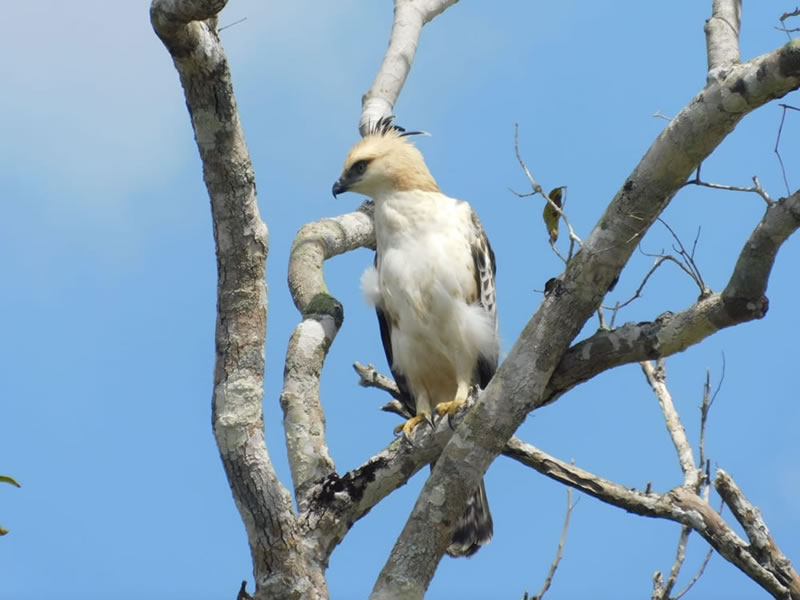
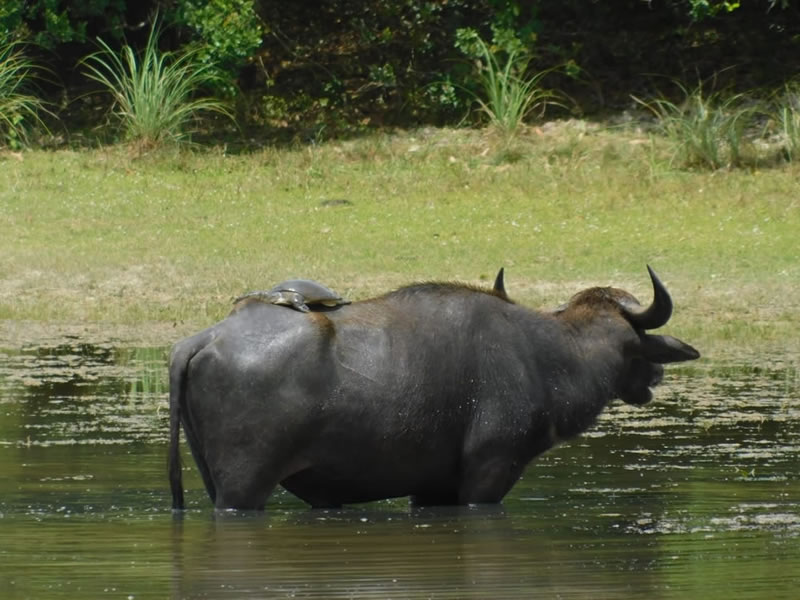
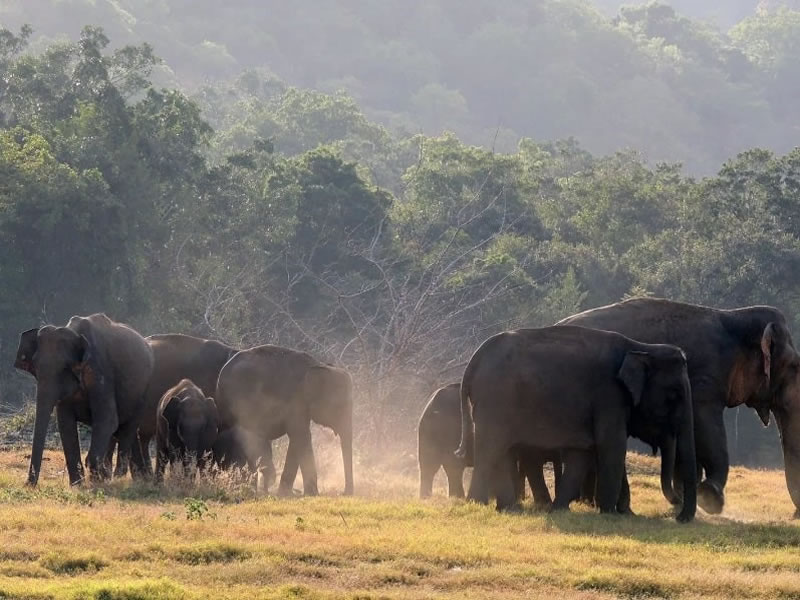
Bundala National Park, located along the southern coast of Sri Lanka, is a UNESCO Biosphere Reserve celebrated for its rich biodiversity and unique landscapes. Spanning lagoons, marshes, sand dunes, and scrublands, the park provides a sanctuary for countless species of flora and fauna.
One of Bundala’s greatest treasures is its birdlife. The park is internationally recognized as a vital wintering ground for migratory birds, with over 200 recorded species. It is especially famous for hosting large flocks of greater flamingos, which create a breathtaking spectacle during the migratory season. Bird enthusiasts can also spot painted storks, herons, and rare species like the black-necked stor
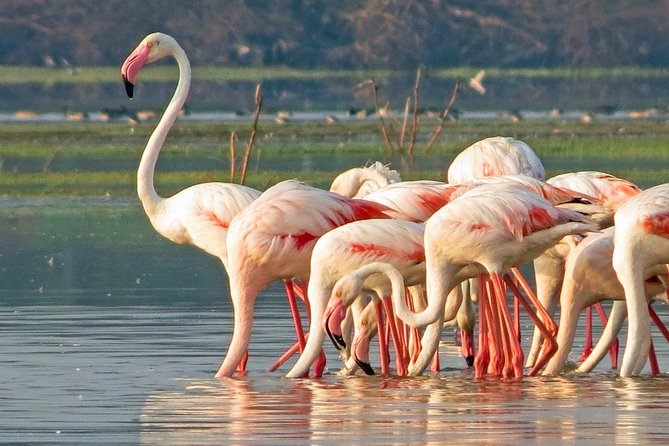
Beyond its avian wonders, Bundala is home to elephants, crocodiles, spotted deer, and a variety of reptiles. Its coastal location also makes it a nesting site for all five species of sea turtles found in Sri Lanka.
For nature lovers and eco-travelers, Bundala National Park offers a quieter, less-crowded alternative to nearby Yala, making it an ideal destination for birdwatching, photography, and peaceful exploration.
With herds of elephants, wild buffalos, sambars and spotted deer, and giant squirrels, this Sri Lankan national park is one of the nation’s finest. In fact, for elephant watching, Uda Walawe often surpasses many of the most famous East African national parks. The park, which centres on the 308.2-sq-km Uda Walawe Reservoir, is lightly vegetated, but it has a stark beauty, and the lack of dense vegetation makes game watching easy.
Elephants are Uda Walawe’s key attraction, with around 600 in the park in herds of up to 50. There’s an elephant-proof fence around the perimeter of much of the park, (supposedly) preventing elephants from getting out into areas with a higher human population and cattle from getting in. Elephants can and do migrate into and out of the park along unfenced borders. The best time to observe herds is from 6.30am to 10am and again from 4pm to 6.30pm.
Alongside its famous elephant herds, the park is home to mongooses, jackals, water monitor lizards, lots of crocodiles, sloth bears and the occasional leopard. There are 30 varieties of snake and a wealth of birdlife – 210 species at last count; northern migrants join the residents between November and April.
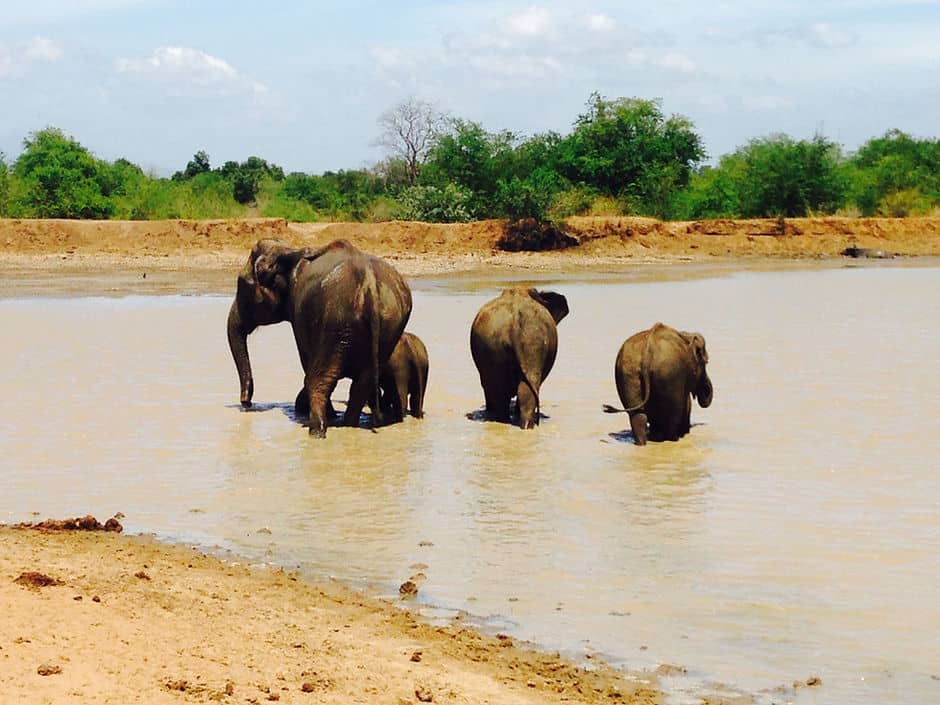
© 2025 Created with LankaBiz Web Solutions